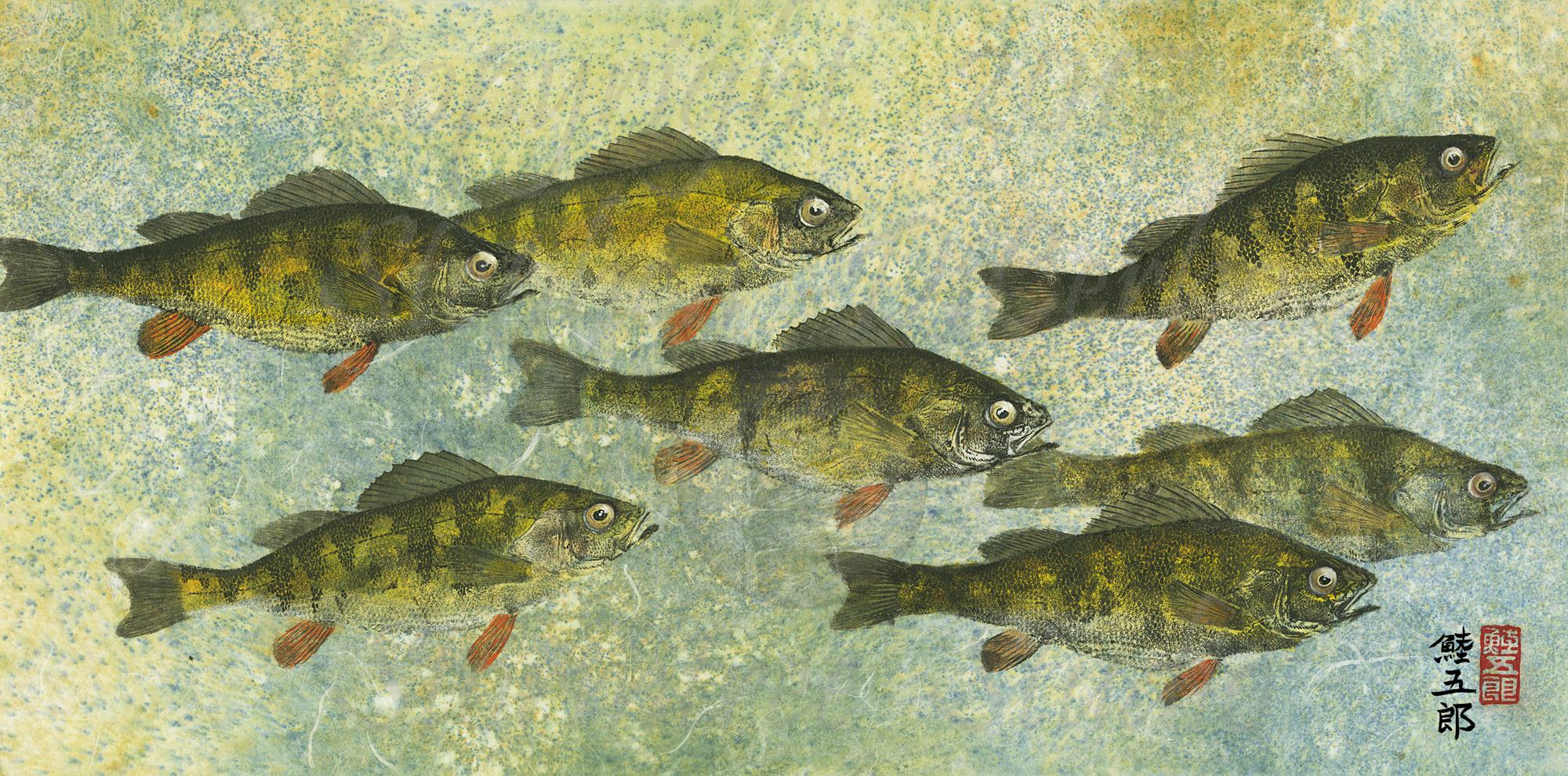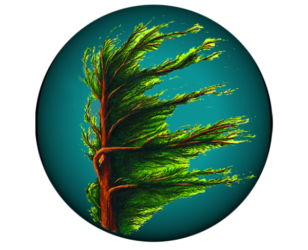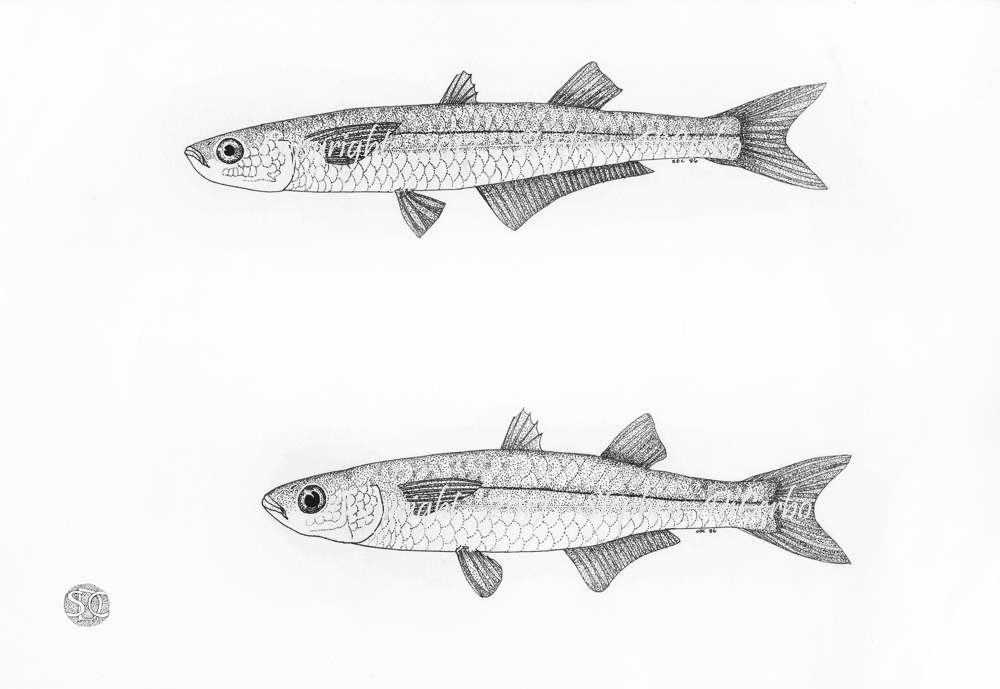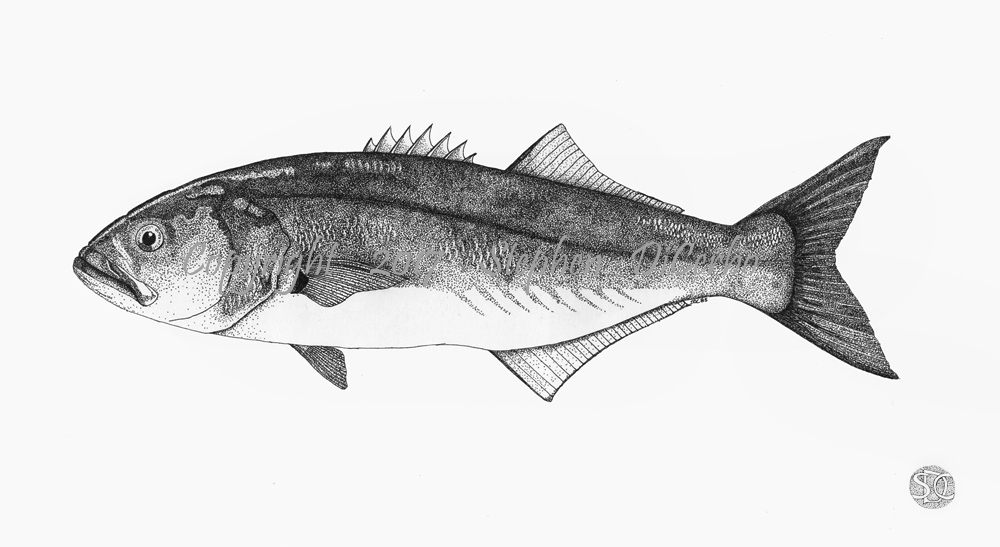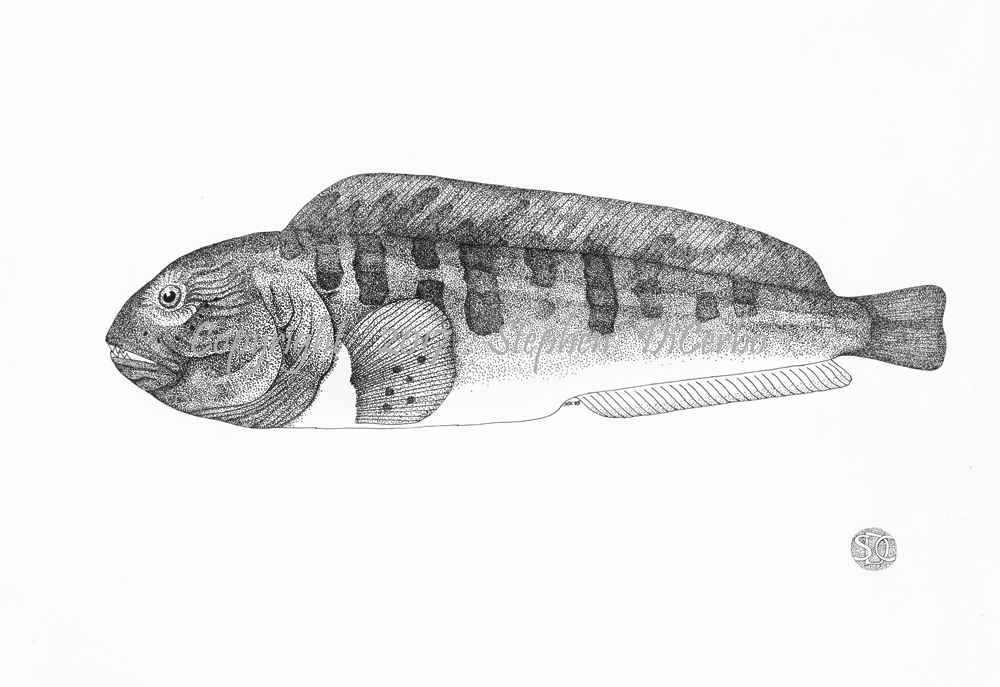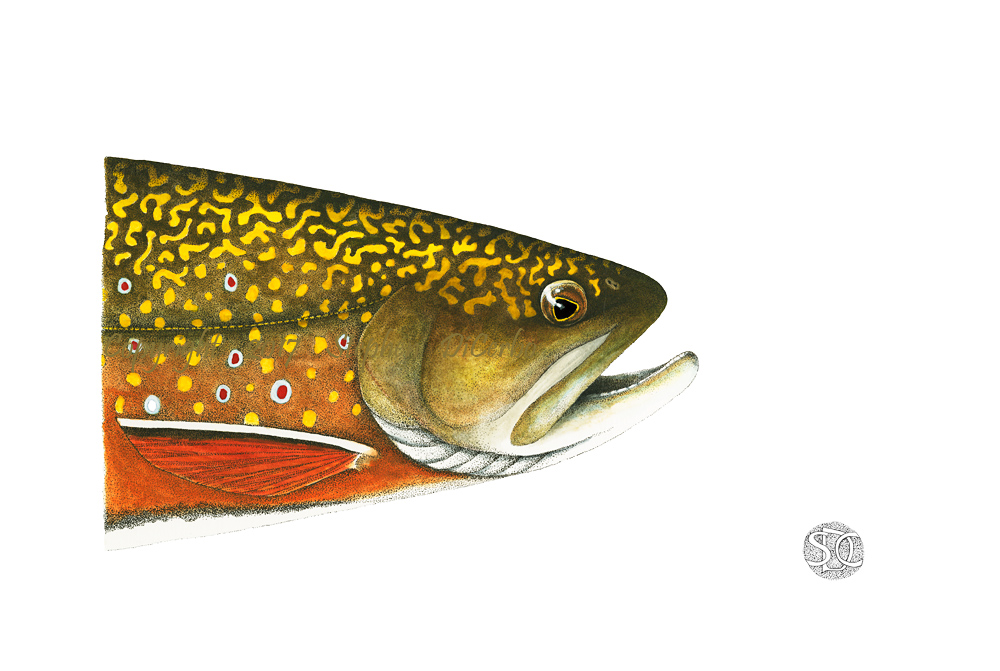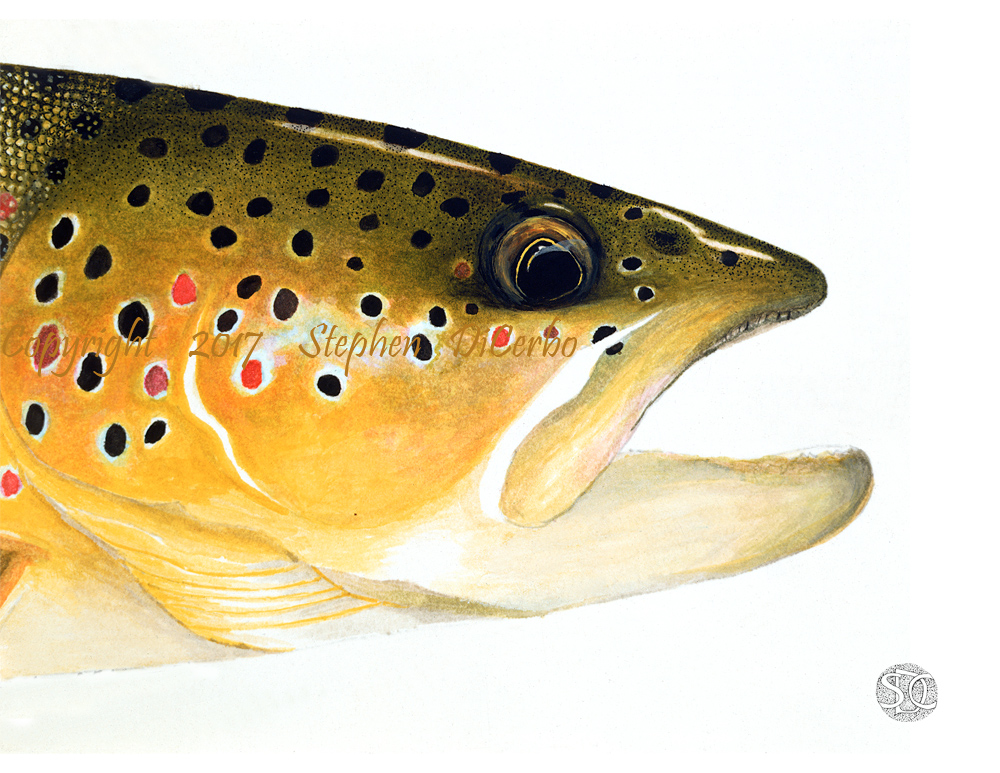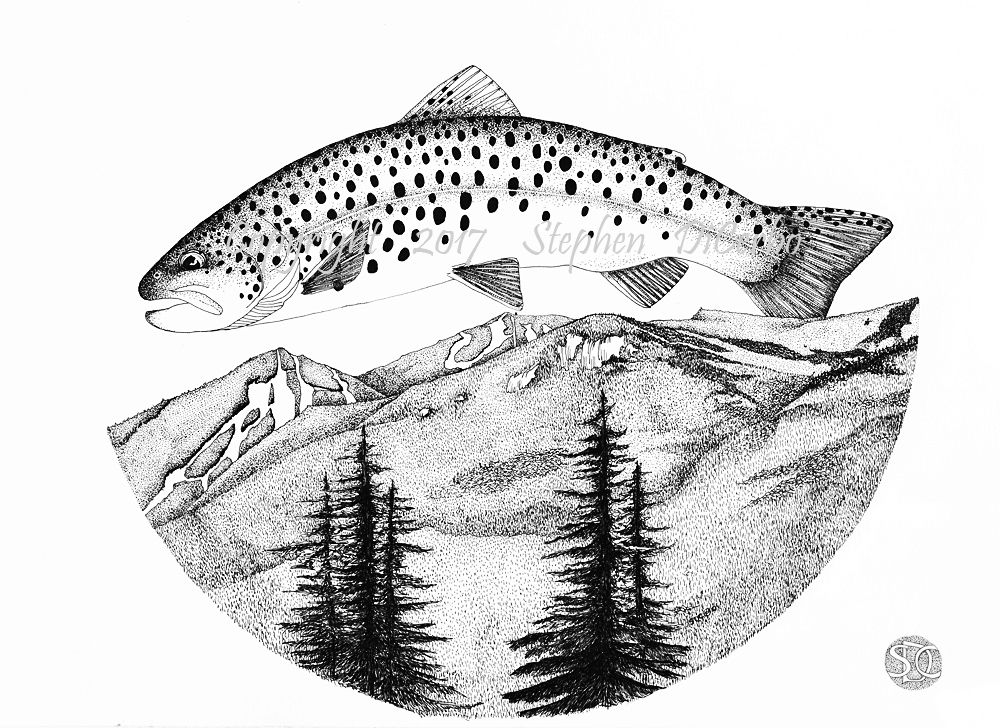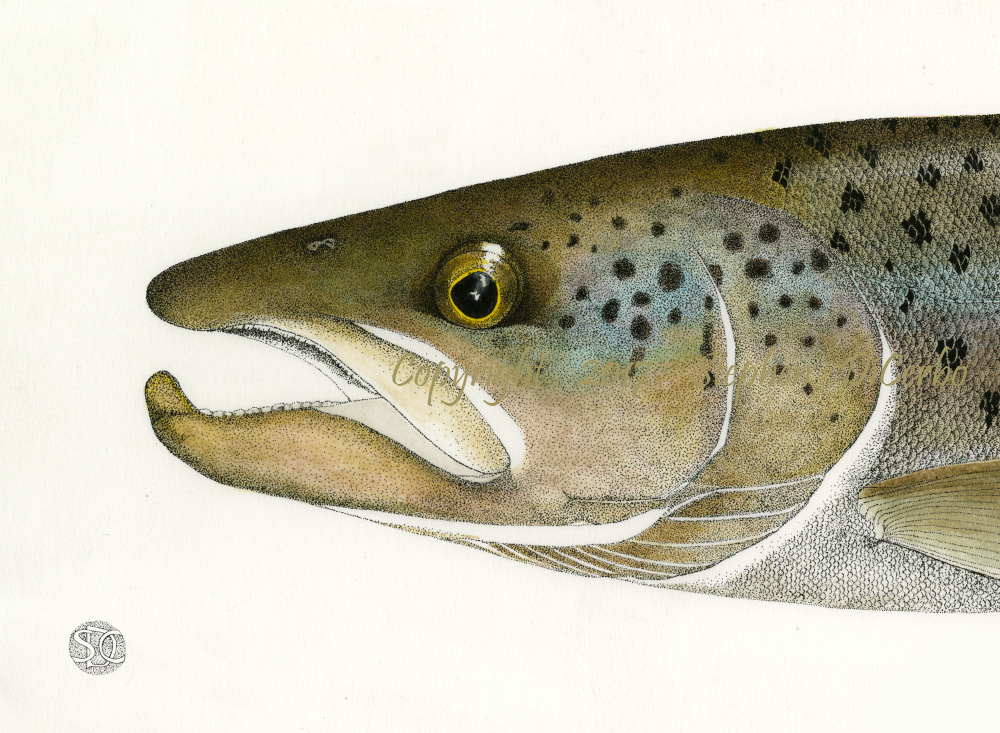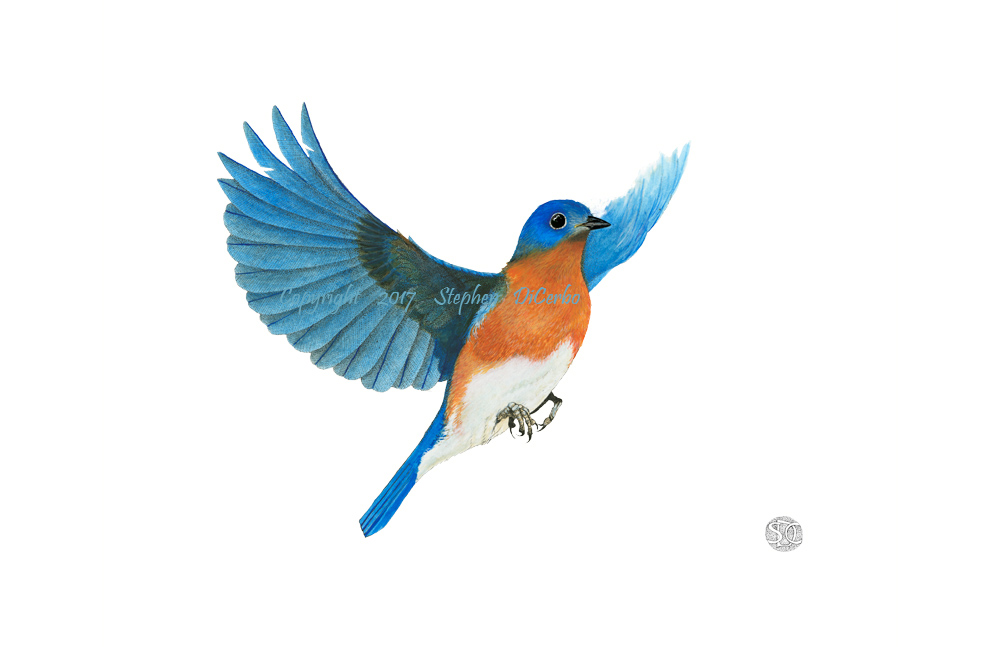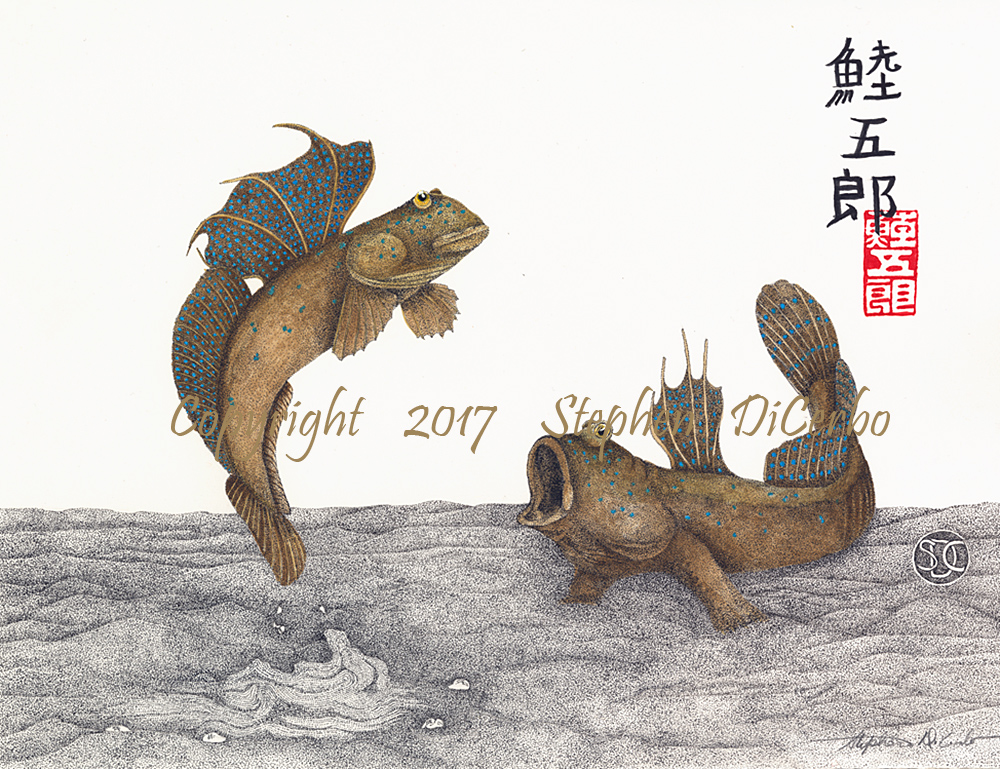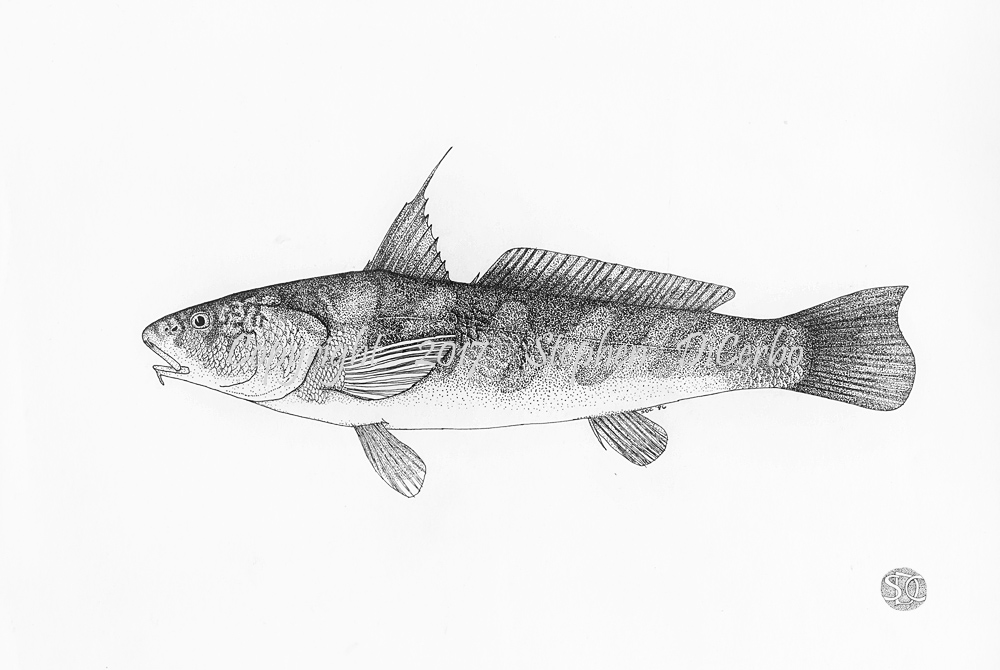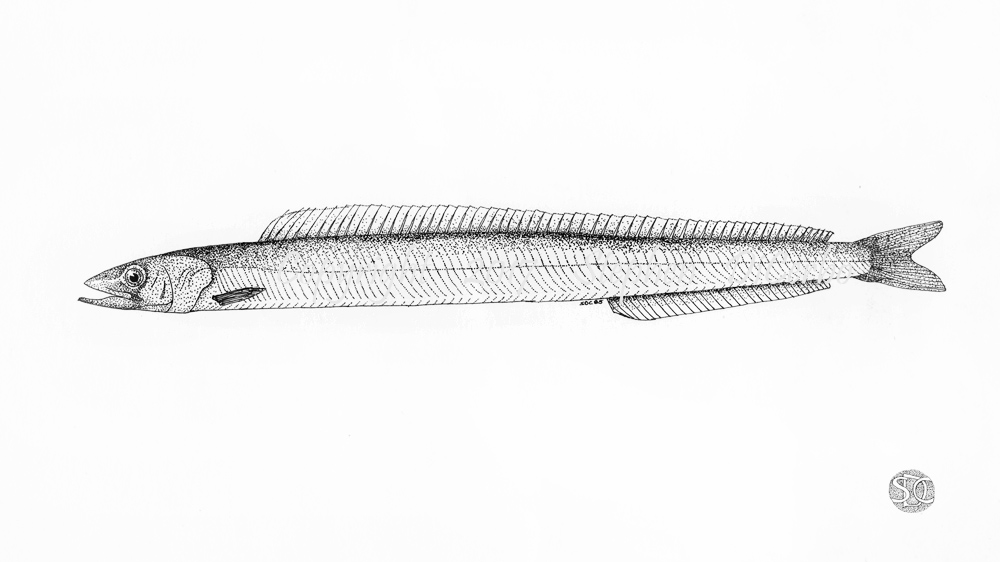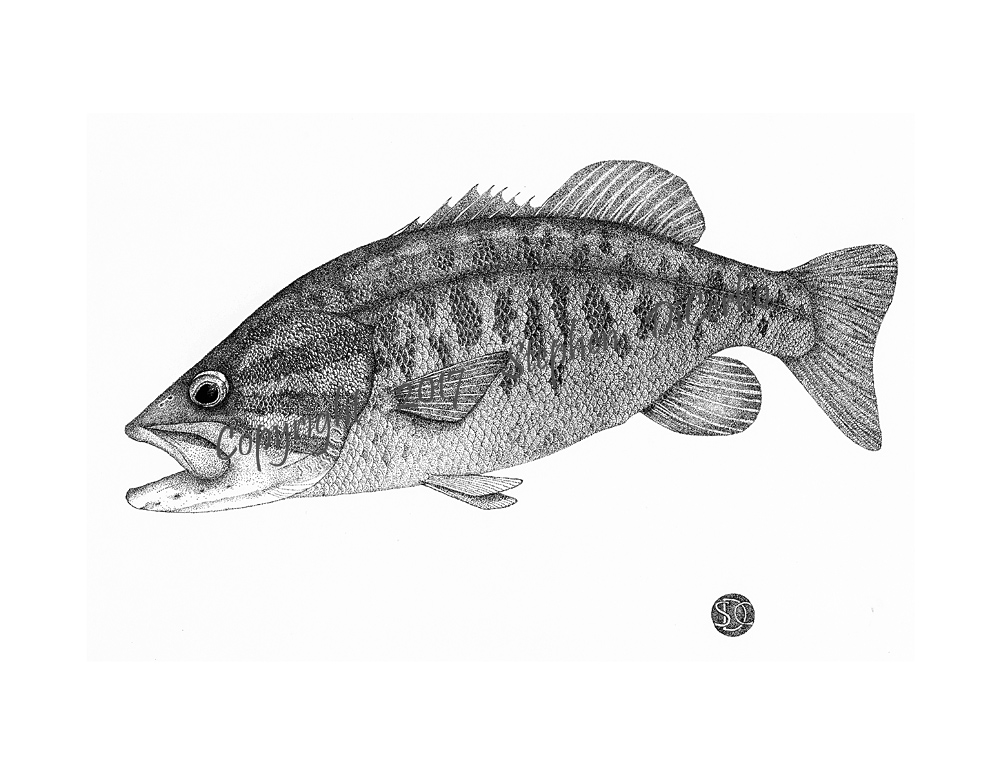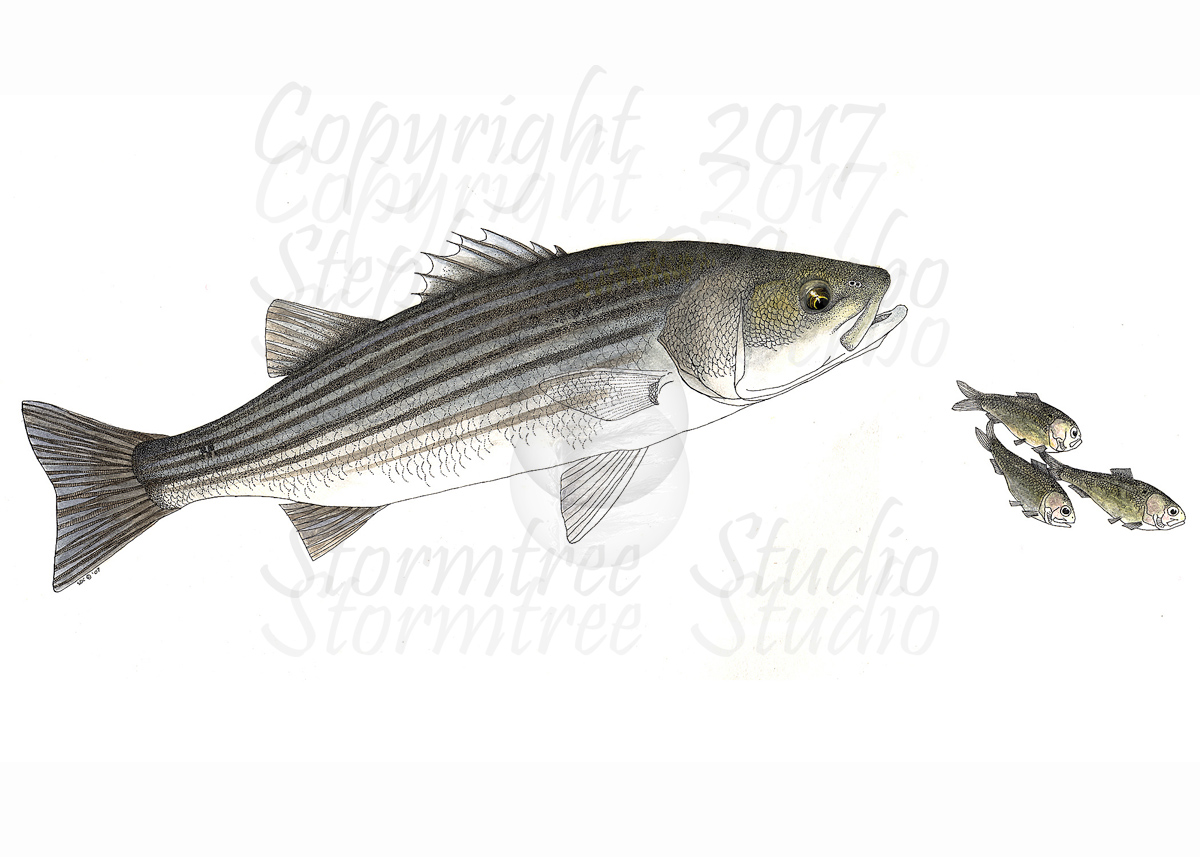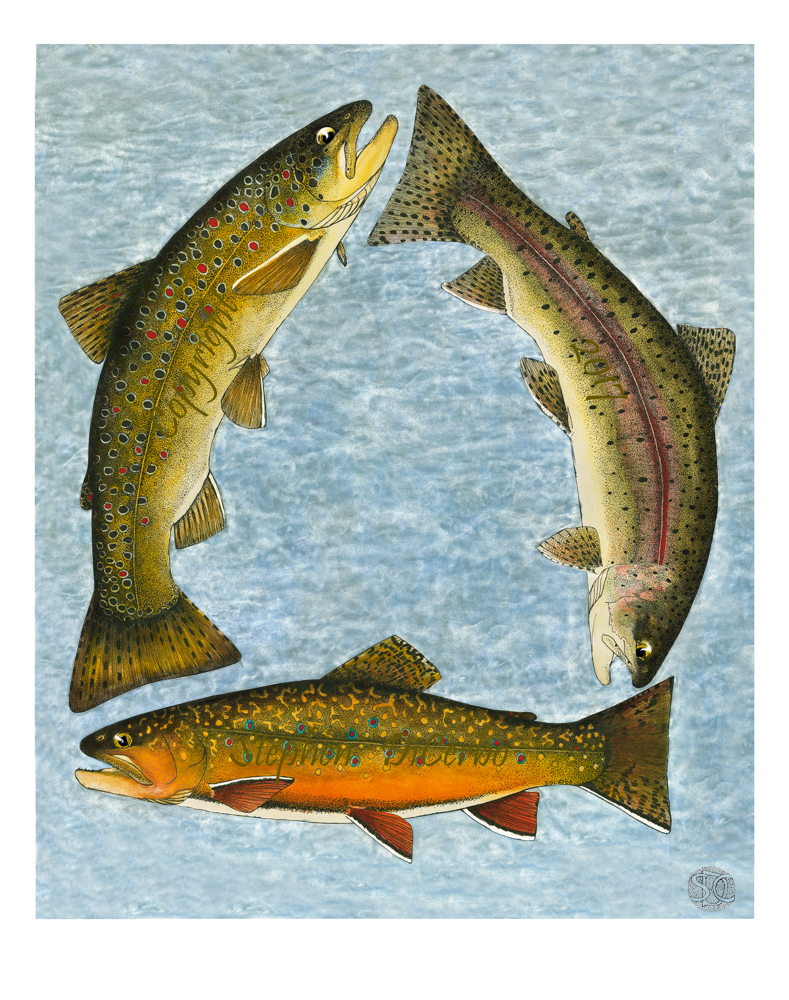
About Pen and Ink Drawings
Definition: Pen and Ink Drawings. In fine art, the term ‘pen and ink’ denotes a drawing technique involving the use of black and other colored inks which are applied to a support (generally paper) with either a dip pen or a reservoir pen.
History: Artists from several ancient cultures used ink in their fine art drawings. One of the earliest surviving images in Greek art, drawn in pen and dye (on papyrus), is The Abduction of Briseis (c.300 CE) by an unknown Greek artist.
However, the medium was developed to a high degree in Chinese art during the era of Tang Dynasty arts (618-906) and Song Dynasty arts (960-1279), and thereafter in Japan during the Muromachi period (1338-1573).
Pen and Ink and Wash drawings are typified by monochromatic (usually black) Pen and Ink drawings that are embellished with thin grayscale or color washes of inks, watercolors or acrylics.
Pen and Ink techniques include Hatching, cross hatching, random lines, stippling, ink wash or a combination of these.
Stephen’s pen and ink drawings are most often stippled, the entire work composed of dots, with no lines, hatch marks or cross hatching utilized. Value and dimension is created with variations in the concentration of dots. Most often, he works on Bristol Board and use technical drafting pens with black ink. Occasionally, thin layers of colored transparent ink or acrylic washes are added, creating a Pen and Ink and Wash image.
Sometimes Stephen will use reproductions of the original Black and White stippled pieces and adds layered colored ink washes to them, creating sort of a hybrid original. Like his original Pen and Ink and washes, each “hybrid” piece is unique and different from subsequent renderings.
Click on any slideshow image below to stop and get a closer look or to manually advance .
